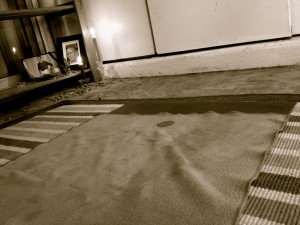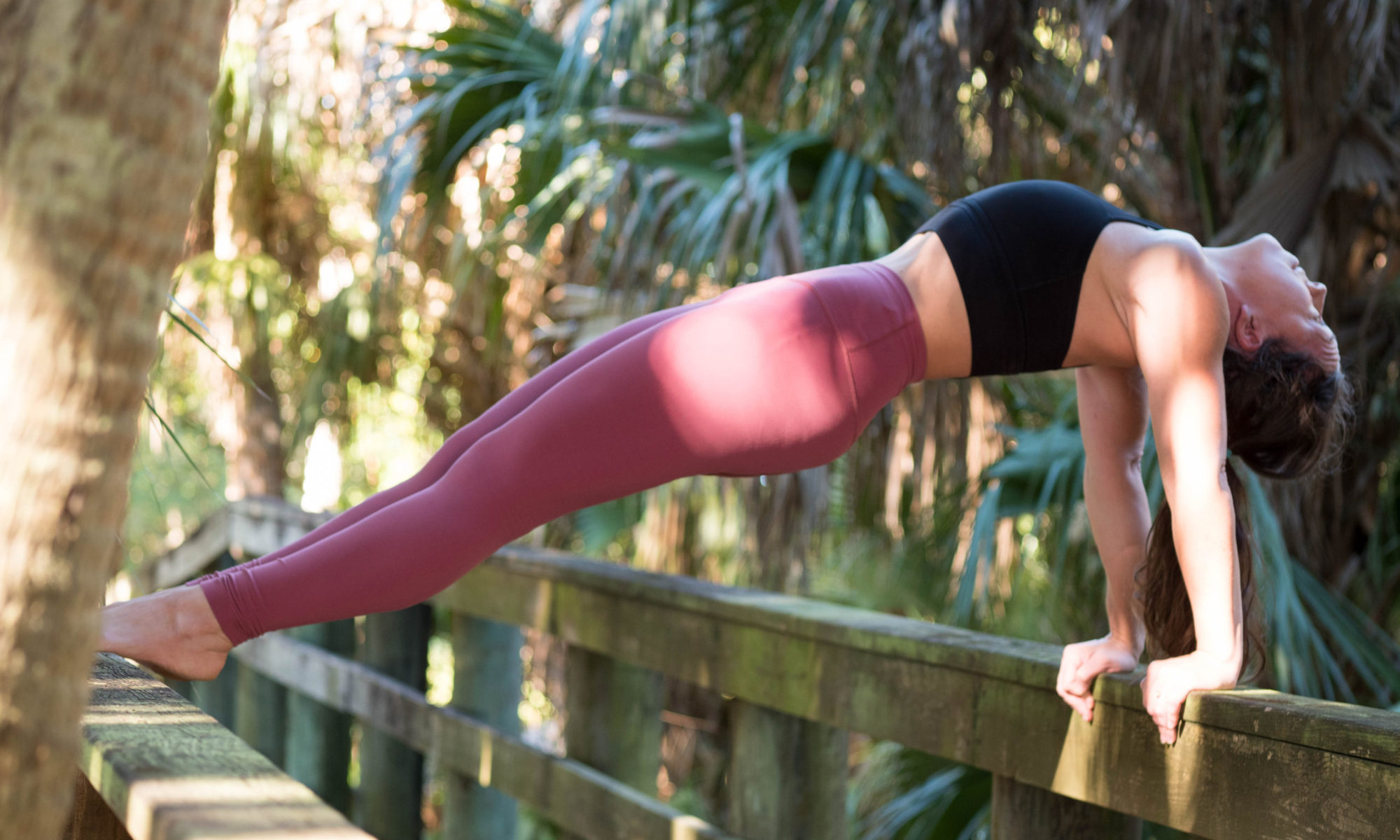
I’m a beginner to Ashtanga Yoga; I have only been on this journey since 2007. I hope to practice for the rest of my life. Already, I know how powerful this practice is. I know I can find peace within my own mind, balance within my own body and light within my heart. I struggled with this my whole life, until I found Ashtanga Yoga. Now, I know balance, ease, presence and grace can exist within me, I see that from my practice. This is why I practice Ashtanga Yoga. These are meditations from my mat.
*I have an Ego. We all have an Ego.
*The Ego blocks me from experiencing the pure BLISS of connecting to my inner light, blocks me from connecting with the essence of the divine within me.
*Ashtanga is HARD, physically, emotionally, mentally and energetically – but, the work of honest and genuine Self-discovery is hard, and that’s what Ashtanga is really all about. It’s not about doing handstands (well, not till third series that is) or other crazy asanas. It’s about learning who I really am, healing the physical, emotional and mental bodies so I can connect to the divine within.
*It’s important to have a ‘constant’ on the journey inward, as in the Ashtanga practice. If the poses are always changing, if the activities are always changing, it can be just be another form of distraction, another way to avoid the deep work of honestly exploring and observing the layers of the Self.
*We all want to be the best student, the best practitioner, the most knowledgeable, etc. but being the best student is not about how much you know, it’s about how much you’re willing to listen, how much you’re willing to learn.
*More often than not the real work comes when we do fewer asanas in our practice, than when we do challenging things like handstands (again, before the practice leads us there). These challenging poses are sometimes SO hard they don’t give us the chance to reside within the stillness of the Self. In the less ‘challenging’ poses we are able to sit with the stillness, and can really see the shadows within the Self and start the deep examination of the Self.
*Ashtanga teaches us to shed our desires of self-promotion/success and allows us to be whom we are in each and every moment, regardless of how we think we should be. Every body is different and the poses look different from person to person, as they should.
*When we release attachment to how we think things should be, we’re better able to experience how things truly are.
*Cultivating presence in THIS moment, and moving on to the next moment seamlessly, without attachment, expectation or judgment.
*This means some days you will float on your mat and catch deeply in all poses. And other days, you will be heavy and stiff, maybe experiencing pain, and will need to modify your practice to accommodate your present capabilities, even if that means doing an abbreviated practice.
*In order to start to chip away at the Ego we must first recognize that it’s there and that it influences our actions.
*The Ego does not dissolve overnight, we start to shed it slowly, a tiny piece at a time, and this is work we do for our entire lives.
*In order to start to shed the Ego we have to observe when it starts to come into play and then make a conscious effort to change our Ego-driven actions. This is the practice; we practice changing our habitual patterns. We practice finding balance. We practice quieting our mind and our body.
*Shedding the Ego is hard work; it’s easier not to try.
*We have to choose to practice, we have to choose to change our Ego-driven patterns even when it’s hard.
*It is hard to change our patterns, but when these patterns are causing us suffering, we need to change these patterns or they will always cause us suffering.
*If I stop trying to shed the Ego, I will cause myself suffering.
*I practice yoga as a means to rise above suffering.
About Jessica
Upcoming Events & Workshops
You Might Also Enjoy:
- 5 Ways to Find Joy, Even When You’ve Got The Grumps
- The Grateful Game
- Yoga and the quest to Know it ALL!!!
- Standing up from back-bending – a lesson in vulnerability
- Keeping Guruji With You When You Practice
- The Heart of Ashtanga Yoga: The Tristhana Method
- Ashtanga Yoga is a breath practice. Seriously, it REALLY is!!!!
- The Seven Words That Changed My Practice



7 Replies to “Ashtanga Yoga & The Ego”
Comments are closed.